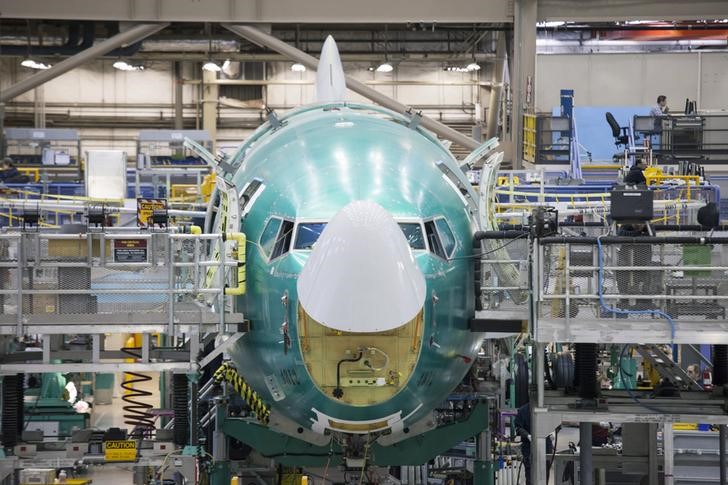This post was originally published on this site
https://i-invdn-com.investing.com/news/LYNXNPEB8B004_M.jpg
For Southeast Asia, the reports foresee a dramatic expansion in the commercial airplane fleet, with an anticipated quadrupling by 2042. This growth is expected to occur at a rate of 6.9% annually, fueled by an expanding middle class and the prevalence of LCCs. The forecast suggests that LCCs will be responsible for adding over 2,000 new single-aisle passenger jets to their fleets, representing nearly two-thirds of all projected aircraft deliveries in the region. By 2042, it is predicted that LCCs will manage 56% of passenger traffic.
Additionally, Boeing anticipates a threefold increase in the region’s fuel-efficient widebody fleet, which includes both passenger jets and freighter models such as the 787 Dreamliner and 777X. This fleet expansion is expected to account for 83% of regional deliveries and generate a demand for aviation services valued at $310 billion.
Turning to the Middle East, Boeing’s report predicts a surge in commercial aircraft demand by 2042 with an estimated need for roughly 3,025 new jets. The anticipated split includes around 1,570 narrow-body and at least 1,350 wide-body planes. Wide-body aircraft deliveries are expected to comprise 45% of total deliveries in this region. The growth forecast is partly attributed to the expansion of LCCs and short-haul networks, which are projected to more than double the region’s narrow-body fleet.
These projections highlight the optimistic outlook for the aviation industry in these areas as they recover from pandemic-induced disruptions and capitalize on increasing connectivity and favorable economic conditions.
InvestingPro data and tips provide valuable insights into the financial health and potential of Boeing. According to real-time data from InvestingPro, Boeing’s market cap stands at $118.97 billion. Despite a challenging market environment, the company has managed to achieve a revenue growth of 23.34% in the last twelve months as of Q3 2023. However, the company’s P/E ratio is currently negative at -40.73, indicating that it is not profitable.
The InvestingPro Tips highlight some key aspects of Boeing’s current situation. Firstly, it is noted that Boeing’s revenue growth has been accelerating. This aligns with the company’s optimistic projections for the aviation industry in Southeast Asia and the Middle East. Secondly, despite being a prominent player in the Aerospace & Defense industry, Boeing is currently not profitable and is trading at a high EBIT valuation multiple.
These insights suggest that while Boeing is positioned to capitalize on the anticipated growth in the aviation industry, it faces significant challenges in terms of profitability and valuation. Investors should consider these factors when making decisions. For more detailed analysis and additional tips, consider exploring InvestingPro’s product offerings, which include a wealth of valuable information for investors.
This article was generated with the support of AI and reviewed by an editor. For more information see our T&C.

